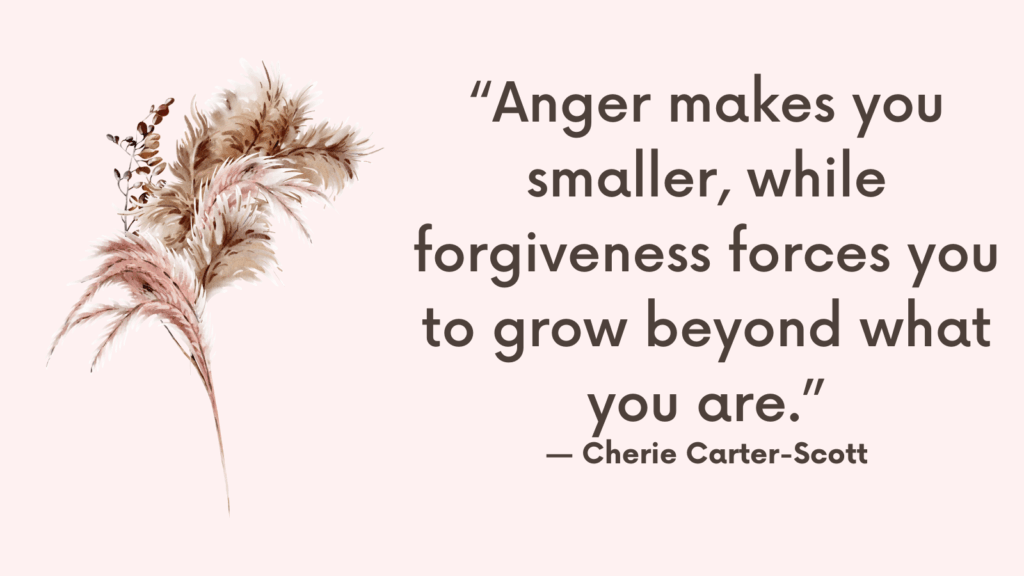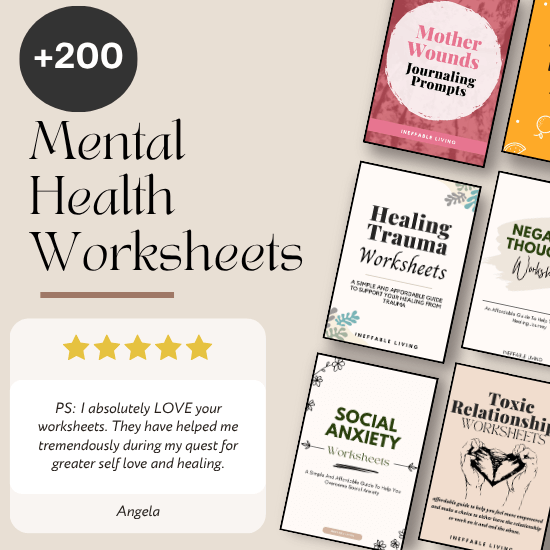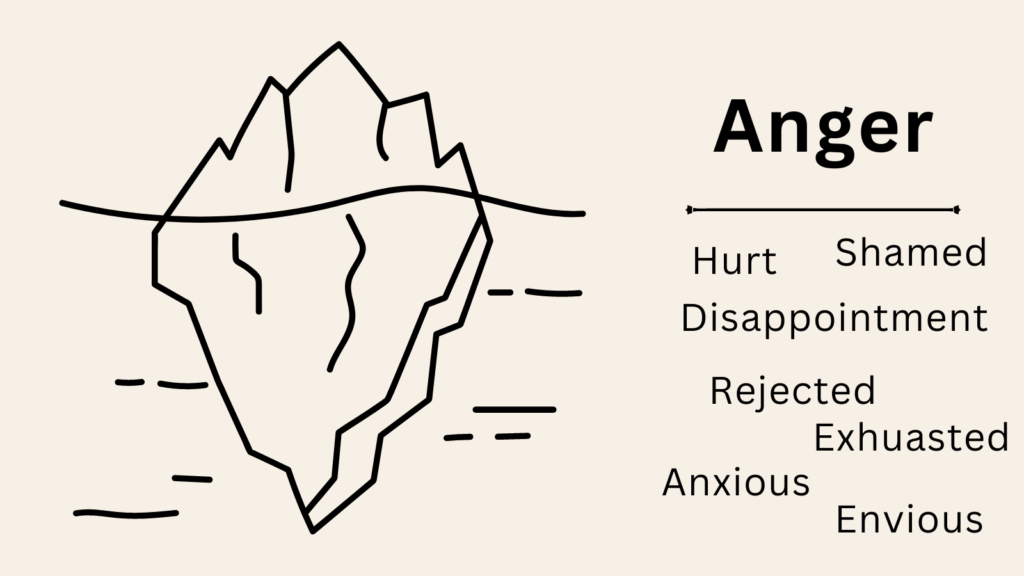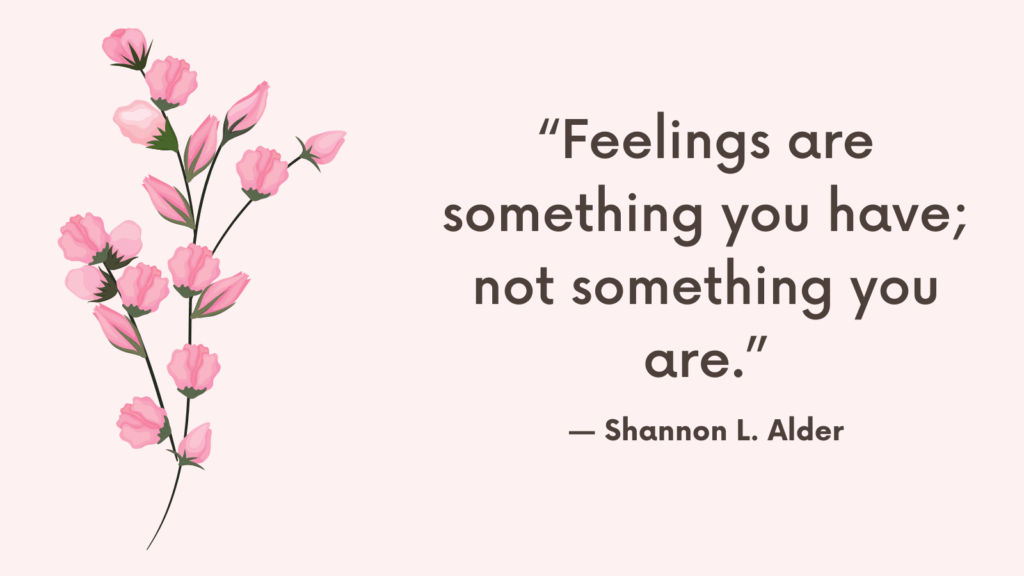Mindful anger is the practice of becoming fully aware of your anger without being consumed or controlled by it. Instead of denying, suppressing, or explosively expressing it, you observe it with clarity and intention. This doesn’t mean you stop feeling anger — it means you relate to it differently. Mindful anger transforms reactive emotion into conscious power.
What Is Mindful Anger?
Mindful anger means acknowledging the emotion as it arises, understanding its message, and choosing how to respond with intention instead of reactivity. It is not about avoiding anger — it’s about managing it with awareness and purpose.
Anger is often viewed as a “bad” emotion, but it’s actually a signal that something needs attention — a crossed boundary, an unmet need, or a deep wound. When handled mindfully, anger becomes a tool for growth and change rather than conflict and regret.
Key Principles of Mindful Anger
- Awareness: Notice the anger without judgment.
- Curiosity: Ask what the anger is trying to tell you.
- Presence: Stay in the moment without reacting immediately.
- Compassion: Treat yourself kindly even while feeling anger.
- Choice: Decide your response rather than being ruled by the emotion.
Related: Beyond Just Anger: How to Manage Intermittent Explosive Disorder?
What Mindful Anger Looks Like
- Saying, “I’m feeling angry, and I need a moment to think.”
- Taking deep breaths before speaking.
- Journaling instead of lashing out.
- Asking yourself, “What is this anger protecting?”
- Returning to a conversation when you’re calm and clear-headed.
What It Doesn’t Mean
- It’s not suppressing or ignoring anger.
- It’s not allowing others to violate your boundaries.
- It’s not being passive or emotionally detached.
How to Practice Mindful Anger?
1. Acknowledge That You’re Angry
The first step is naming the emotion without judgment:
- “I’m feeling angry right now.”
- “This situation is making me really upset.”
By identifying anger instead of reacting to it, you create a moment of pause and choice.
2. Locate the Anger in Your Body
Scan your body and notice where the anger lives — in your chest, jaw, fists, stomach. This anchors the emotion physically and helps separate it from your identity: you are not your anger.
3. Breathe With It, Not Against It
Don’t fight the anger. Sit with it. Breathe into the space where you feel it most. Inhale slowly, hold briefly, and exhale even slower. Breathing regulates your nervous system and makes space between feeling and reaction.
Related: Frustration Intolerance: Understanding It and Building Patience
4. Ask What Your Anger Is Trying to Tell You
Mindful anger is information. Ask:
- “What boundary is being crossed?”
- “What value is being threatened?”
- “What need is going unmet?”
When you listen to anger, it often reveals something you care deeply about.
5. Don’t React — Respond
Instead of lashing out or shutting down, respond intentionally. That might mean speaking up calmly, walking away, journaling, or revisiting the issue when you’re composed. Mindful anger lets you act with the emotion, not because of it.
6. Use Anger as a Signal for Change
When managed mindfully, anger can motivate transformation — in yourself, your relationships, and your boundaries. Let it guide you toward constructive action, not destruction.
7. Practice Non-Judgmental Observation
Rather than labeling your anger as “bad” or “immature,” observe it like a passing storm. Say:
- “I’m noticing tightness in my chest and heat in my face. That’s anger.”
This approach allows you to stay present without being hijacked by emotion.
Related: Top 14 CBT Exercise For Anger Management (+FREE Anger Worksheets)
8. Learn From the Aftermath
After the anger passes, reflect:
- “What triggered it?”
- “How did I handle it?”
- “What can I do differently next time?”
This turns every episode into emotional growth.
9. Be Gentle With Yourself
You’re allowed to feel angry. You’re allowed to learn through imperfection. Mindful anger is not about never losing your cool — it’s about deepening your ability to recover and respond wisely.
10. Make Mindful Anger a Habit
The more often you pause, breathe, reflect, and respond with intention, the more natural mindful anger becomes. It’s a muscle — and like any strength, it grows with practice.
Related: Assertive Anger: What It Is & How to Practice It
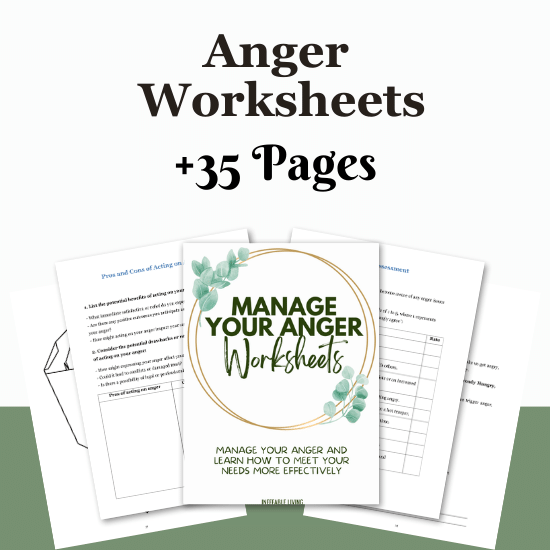
Conclusion
Mindful anger doesn’t erase the fire — it refines it. It allows you to use your anger not to destroy, but to defend, illuminate, and heal.
